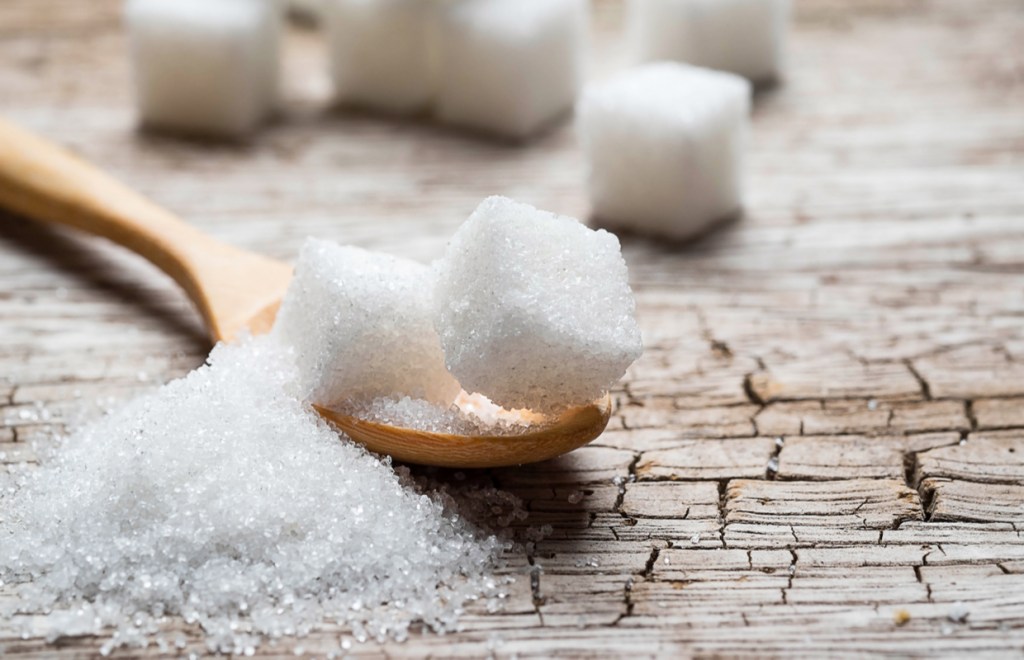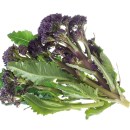Candidiasis and gut health: how to beat yeast overgrowth
Could your low mood be caused by yeast overgrowth? Discover how to recognise and treat candidiasis...

When it comes to feeling upbeat, it’s not just your moods that count, it’s what’s going on in your intestines too. We explore the link between yeast overgrowth, also known as candidiasis, and mood, before explaining how to treat the issue through your diet…
Your gut is a very clever system that plays a huge role in keeping your body healthy and your mind well. It’s largely thanks to the millions of microbes that work together in your intestines to create harmony, including a diverse range of bacteria, fungi and microorganisms called archaea.
But, when your diet veers into unhealthy territory, from too much sugar or processed food for example, it can lead to an overgrowth of candida albicans, which belongs to the yeast family of fungi. Usually this yeast can be beneficial in helping your body absorb nutrients. However, when it proliferates and takes over it can compromise your immune system.
Your body then begins to crave sweet and sugary foods to feed the yeast. But, the more sugar you feed it, the more it grows. This causes a vicious cycle, whereby the candida tries to maintain control of your eating patterns and food choices. In turn, this makes it harder to avoid unhealthy snacks.

Signs of candidiasis
Telltale symptoms of yeast overgrowth, known as candidiasis, include recurrent thrush, skin rashes, dandruff, fungal infections and bloating. There are also some less obvious signs including cystitis, headaches, bad breath, tiredness, food allergies, increased sensitivity to chemicals.
Surprisingly, even depression can be a sign of candidiasis. Although low moods are often thought of as problems in the brain, research now suggests they may stem from digestive issues.
The link between candidiasis and serotonin
A yeast overgrowth such as candida can suppress production of key neurotransmitters, such as the mood-regulator serotonin. This can subsequently reduce your ability to feel upbeat. And, as your body makes 95 per cent of its serotonin in your digestive tract, having your gut working effectively makes sense if you want to improve your mental health too.
Scientists at New Delhi’s Department of Microbiology go so far as to say that ‘psychiatric disorders require not only antipsychotic treatment but also antifungal measures to treat the organic cause behind such illness.’
How is candidiasis diagnosed?
Candidiasis is still a poorly understood condition. It’s also difficult to diagnose, as symptoms can be vague. There are also no medically recognised tests, apart from in the case of thrush where very visible symptoms such as thick white discharge are present.
Though it can be hard to get a diagnosis initially, it’s worth persevering. GPs are becoming increasingly aware of the important role that our gut microbiome plays in overall health. Some GPs, such as Dr Rangan Chatterjee of Old Hall Clinic, Gatley, Cheshire, offer patients a stool analysis to see whether candida is causing gut problems.
‘I check whether there is an imbalance in the gut causing bugs, including candida, to grow out of control,’ says Dr Chatterjee, who is also a member of the Institute of Functional Medicine. ‘Then, I’ll see why these normally harmless organisms have suddenly become something problematic.’
How to treat candidiasis
If you think you have the signs of candidiasis, some simple changes to your diet can help you get your gut flora back to optimum health. Here’s how to treat candidiasis…

Cut out sugar
‘The most important thing when learning how to treat candidiasis is to stop feeding the yeast,’ says nutritional therapist Andrea Everingham. ‘Firstly, cut out sugar, which feeds candida.’
This means eliminating food with refined sugar, plus fruit, milk (as lactose is a sugar), as well as food that-contains yeast, such as bread and alcohol. You should also cut out potentially mould-containing foods, such as olives and peanuts.
Follow this diet until symptoms subside. Then you can gradually begin reintroducing a few foods at a time, starting with low-sugar fruits such as berries.
Eat non-starchy vegetables
Candida-beating foods include non-starchy vegetables because they won’t convert to the sugars that feed candida. Try to add artichoke, avocado, broccoli, cucumber, onions and tomatoes to your diet.
Stick to gluten-free grains
Opt for gluten-free grains including amaranth, quinoa, millet and buckwheat, which can help strengthen a weakened digestive system.
‘You need to have daily bowel movements to get rid of the unwanted microbes. So, keep them moving by sprinkling chia seeds or flaxseeds on your porridge or salad,’ says Andrea.
Add herbs and spices
Be liberal with herbs and spices – including herbal teas. These often contain antifungal and anti-inflammatory properties, which can kill candida and other bugs. The best ones are basil, cloves, garlic,
cinnamon, oregano, liquorice, peppermint, ginger and turmeric.
Take anti-fungal supplements
Antifungal supplements have been proven to reduce the effects of candida overgrowth on the body. Caprylic acid, found naturally in coconut oil (Try Candida Support, £6.81 for 90 capsules) and oregano oil (Nature’s Answer Oil of Oregano, £20 for 30ml) are among the best natural antifungal and antibacterial cures.

Be wary of antibiotics
While antibiotics kill invading bugs, they also upset the natural balance of your gut flora. This allows candida and other yeasts to take over and breed like mad. Prevention of infection is better than core, so keep your immune system strong. If you must use antibiotics, take a high-strength probiotic too.
Words: Bernadette Murphy | Images: Shutterstock






